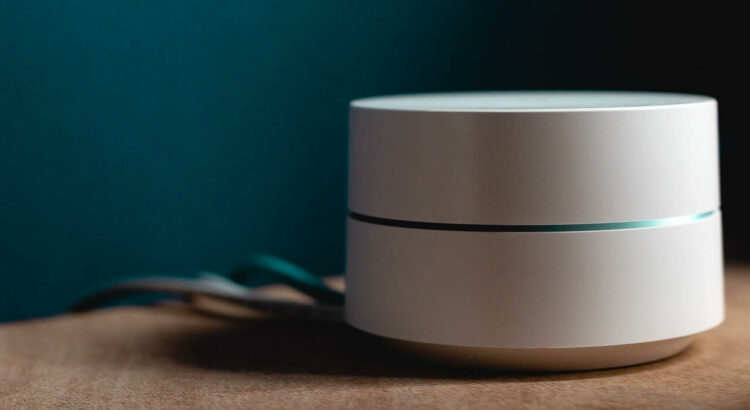After mistakes were made with a previous installation, I had to completely reinstall the Linux server that I use to run Plex Media Server. For the sake of familiarity, I am using the latest version of Debian (at time of writing: Debian 12.9 “bookworm”). All media is stored on a Synology NAS, shared to the Linux server via a few NFS mounts – this adds a few extra complications that are worth being aware of.
Here are the notes I took during set up – sharing them here in case they are useful to anyone else:
Networking
Make sure that both the Linux server and the Synology NAS have fixed IP addresses and are able to communicate with each other. I’ve got mine set up on the same subnet using fixed DHCP leases, but whatever works for you.
Synology NFS sharing
Make sure the Synology NAS has the folders with your media shared via NFS. There are other options available, but NFS is probably the easiest. First, enable NFS:
Control Panel > File Services > NFS
- Check Enable NFS service
- Maximum NFS protocol: NFSv4.1
Then, for each of the folders you want Plex Media Server to have access to:
Control Panel > Shared Folder > select folder > Edit > NFS Permissions > Create
- Enter IP of the Linux server
- Check Enable asyncronous
- Check Allow connections from non-privileged ports
- Take note of the Mount path at the bottom of the window
Debian Install
Assuming you’re working from the base install – you’ll need a few things set up:
- Install the
nfs-commonpackage - Install the
gpgpackage (needed for automatically updating Plex)
Linux NFS mounts
Next, you need to be able to have the NFS mounts come up on boot. Keep in mind this is Debian 12 with no GUI – if you have another distribution, or if you have a GUI – there may be a better way to do this.
Create the relevant directories in /media – I used /media/nfs/Movies and /media/nfs/TV Shows
Edit the /etc/fstab file and add in the following (you’ll need to make changes to suit your environment)
# NFS mounts for Plex Media Server
192.168.x.x:/volume1/Movies /media/nfs/Movies nfs defaults 0 0
192.168.x.x:/volume1/TV\040Shows /media/nfs/TV\040Shows nfs defaults 0 0A few notes:
- The IP address before the
:is the Synology NAS - The folder after the
:is the mount point you noted earlier - If you have spaces in the directory name, use
\040in place of the space character
I had a huge amount of trouble getting the NFS mounts to come up on boot. The mount process was attempting to mount them before the DHCP client had received an IP address – even with all the various incantations to have fstab wait for the network to be available before attempting to mount!
If you also use DHCP to assign an IP address, the simple solution is to have an “exit script” for the DHCP client that runs when the IP address is bound – these scripts live in /etc/dhcp/dhclient-exit-hooks.d. Add a file with the following:
if ([ $reason = "BOUND" ])
then
mount -t nfs /media/nfs/Movies
mount -t nfs '/media/nfs/TV Shows'
fiReboot, make sure that you have all of the media mounted and accessible in the relevant folders before continuing.
Find out what all of the unit names for the mounts are called – run the following command:
sudo systemctl list-units -t mountThat should show you something like the following:
UNIT LOAD ACTIVE SUB DESCRIPTION
server-nfs-Movies.mount loaded active mounted /media/nfs/Movies
server-nfs-TV\x20Shows.mount loaded active mounted /media/nfs/TV ShowsYou’ll need the unit names in the next step.
Install Plex Media Server
Install as per the Server Installation instructions for Linux / Ubuntu – but don’t go to the URL to complete setup yet! The installation should have created a Plex Media Server service; it needs to be updated before the next reboot – I really recommend doing this part before completing the setup.
Stop the existing server first, if needed:
sudo systemctl stop plexmediaserver.serviceAdd a custom Unit section to the startup script to ensure Plex Media Server is started after the NFS mounts are available:
sudo systemctl edit plexmediaserver.serviceAdd the following in the section indicated at the top of the file:
[Unit]
Description=Plex Media Server
After=network.target network-online.target server-nfs-Movies.mount server-nfs-TV\x20Shows.mountBasically – add the unit names with spaces in between each for the mount points after network.target and network-online.target. Save, then start the Plex Media Server service:
sudo systemctl start plexmediaserver.serviceEnable the service on startup:
sudo systemctl enable plexmediaserver.serviceFinally, go to the server’s URL to complete setup. Expect this to take a while if you have a lot of media to index and create thumbnails for; the server may also crash and need a reboot a time or two – but it will settle down after the indexing is complete.


